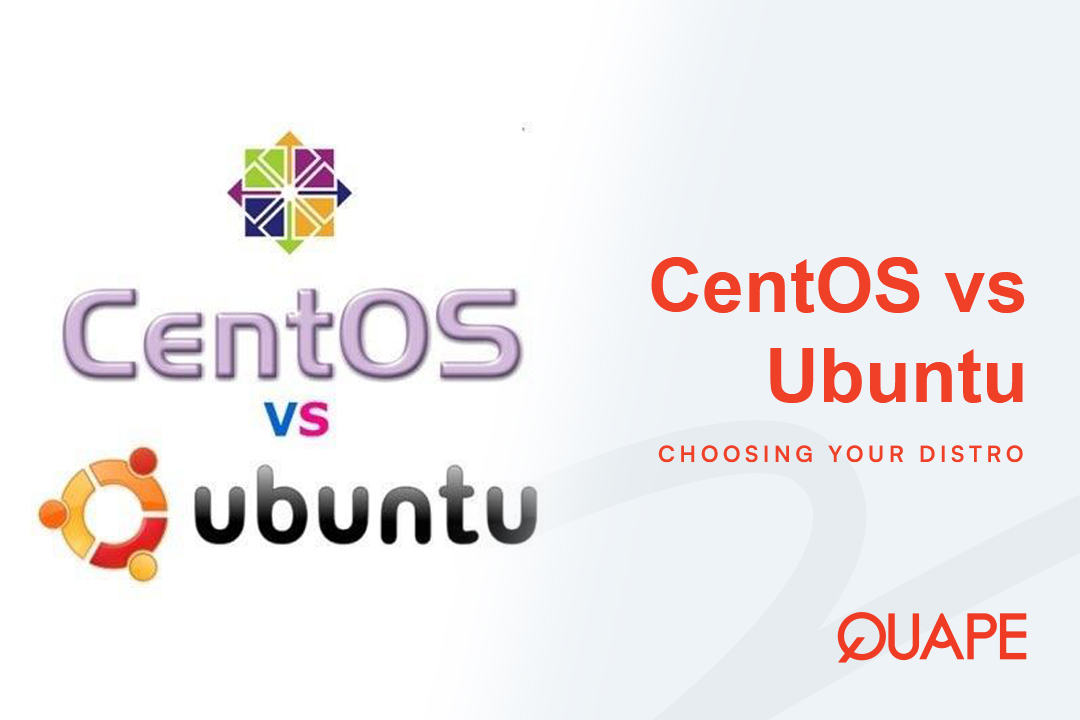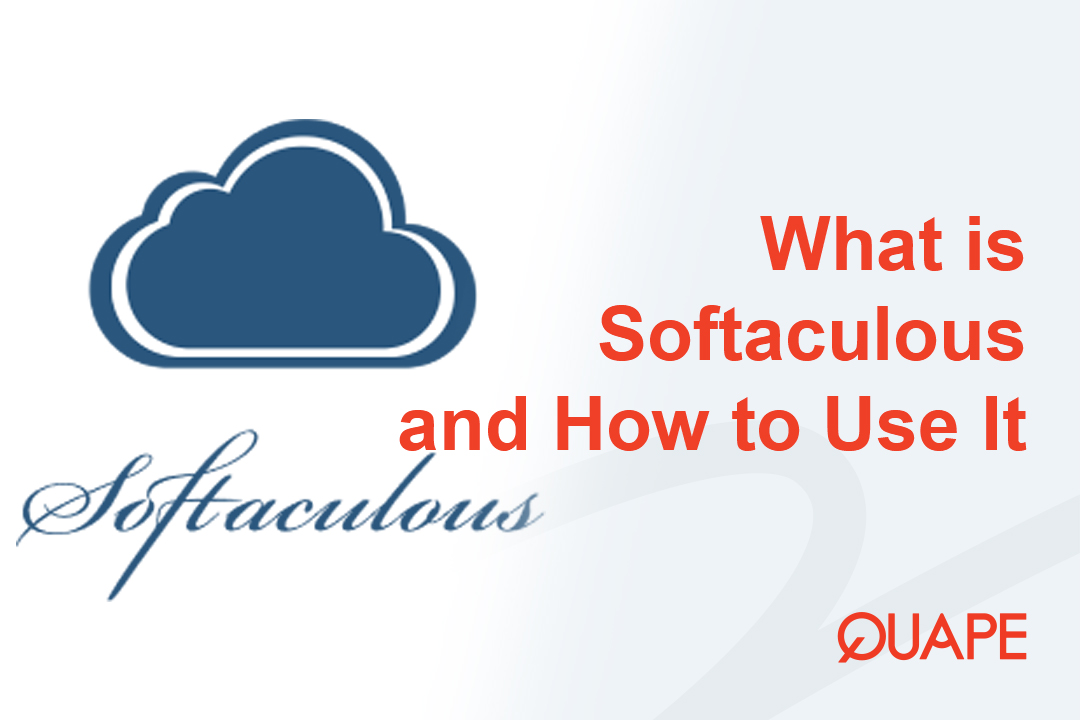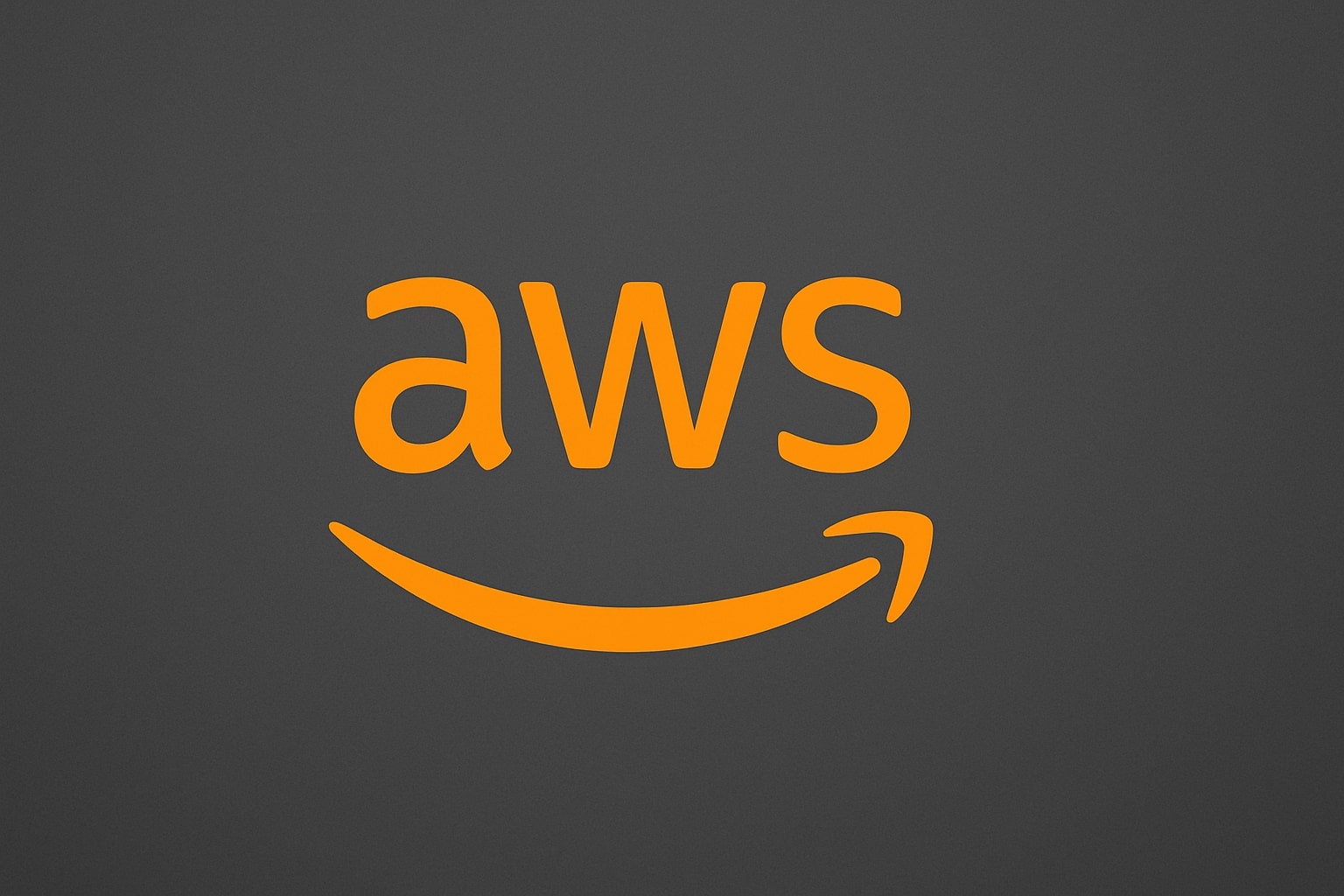Choosing the right Linux distribution is the single most crucial decision for your server’s long-term stability, performance, and total cost of ownership (TCO). For years, the choice often boiled down to two giants: CentOS and Ubuntu.
However, the game has fundamentally changed. With CentOS Linux reaching its End-of-Life (EOL) and the rise of new successors, IT strategy must evolve. This comprehensive guide, brought to you by the hosting experts at Quape, analyzes the new enterprise landscape to help you make the definitive choice for your web hosting, dedicated server, or cloud deployment.
Table of Contents
ToggleThe CentOS EOL Crisis: Redefining the Contenders
The traditional comparison of CentOS vs Ubuntu is now obsolete. The pivotal change occurred with the discontinuation of the historically stable, RHEL-cloned CentOS Linux 7 on June 30, 2024.
This forced migration means you are no longer choosing between two free, stable server operating systems. You are now choosing between the established Debian-derived Ubuntu ecosystem and the fragmented Red Hat Enterprise Linux (RHEL) ecosystem.
Understanding the Architectural Roots and Philosophies
The core difference between these two families lies in their lineage:
- Ubuntu (Debian Heritage): Drawing its core from the Debian project, Ubuntu’s philosophy (driven by Canonical) focuses on accessibility and user-friendliness, aiming to be the “Linux for everyone.” This makes it highly popular for developer workstations and cloud deployments.
- RHEL Derivatives (AlmaLinux/Rocky Linux): This pedigree, stemming from Red Hat, emphasizes stability, rigorous quality assurance, and reliability. These systems are designed for mission-critical enterprise applications and data centers.
Where Did CentOS Go? The Rise of the RHEL Clones
The discontinuation of CentOS Linux paved the way for two distinct groups of successors:
CentOS Stream: A Continuous Integration Platform
CentOS Stream is Red Hat’s official successor. Crucially, it is not a direct replacement for the stability of CentOS Linux.
CentOS Stream operates as a rolling-release model, tracking just ahead of RHEL development. It is an upstream testing platform, positioning it between Fedora (bleeding-edge) and the final RHEL release. For critical production workloads, migrating to CentOS Stream introduces a substantial increase in operational risk due to its continuous update cycle and lack of guaranteed long-term backporting.
AlmaLinux and Rocky Linux: The Stable Successors
The community, seeking a free, stable, downstream binary-compatible RHEL clone, developed new distributions: AlmaLinux and Rocky Linux. These distributions aim to fill the void, providing the predictability and stability that classic CentOS Linux users depended on.
The Decision is Now: Ubuntu LTS vs. a Community-Supported RHEL Clone (Alma/Rocky).
Stability, Support, and Lifecycle Management
The operational longevity and predictability of updates are paramount for server hosting environments.
Release and Support Models: Predictability is King
| Distribution | Standard Support Duration | Extended Support Options | Update Philosophy |
|---|---|---|---|
| Ubuntu LTS | 5 years | Ubuntu Pro for 10-12 years total | Predictable, timely release cycle (LTS every 2 years). |
| RHEL Clones | Typically 5 years (matching RHEL lifecycle) | Paid third-party or community support | Fixed point release, extreme stability, slower core updates. |
| CentOS Stream | Continuous Delivery | None | Fast feature updates, less stable, unsuitable for production. |
Ubuntu LTS offers five years of standard security maintenance, extendable to up to 12 years with Ubuntu Pro (ESM). This reliable, extended support framework is highly valued for long-term capacity planning.
RHEL Clones maintain the RHEL model of extreme stability: slower updates for core packages, ensuring that new features do not compromise the foundational environment.
Core Security Frameworks: SELinux vs. AppArmor
Both distributions offer robust security, but their Mandatory Access Control (MAC) frameworks differ significantly, affecting administrative complexity:
- RHEL/Clones: SELinux (Security-Enhanced Linux)
- Pros: Provides extremely robust, highly granular security policies that protect the system. Suitable for environments requiring specialized, high-security data management.
- Cons: Involves a significantly steeper learning curve and requires more complex auditing and configuration to manage effectively.
- Ubuntu: AppArmor
- Pros: Generally considered easier to implement and maintain. It relies on profile-based control systems that are simpler for administrators to audit and deploy across a wide user base.
- Cons: Offers less granular control compared to the maximal coverage of SELinux.
For most web hosting clients using control panels, the administrative simplicity of AppArmor on Ubuntu is often preferred over the complexity of SELinux.
Package Management: DNF/RPM vs APT/DEB
The package management system dictates the daily administrative workflow for installing and maintaining software.
The Two-Front War: RPM vs. DEB
| Feature | APT (Ubuntu/Debian) | DNF (CentOS/RHEL 8+) |
|---|---|---|
| Package Format | .deb | .rpm |
| Install Command | apt install package-name | dnf install package-name |
| Update Sequence | Two-step: apt update then apt upgrade | One-step: dnf update and dnf upgrade are interchangeable |
| Configuration Removal | apt purge (Removes package and config files) | dnf remove (Typically removes everything; no direct purge equivalent) |
Administrators migrating from RHEL to Ubuntu must adapt to the two-step update process of APT, which requires refreshing metadata before applying updates. Conversely, DNF simplifies this into a single command. The existence of the apt purge command is also a favorite feature for Ubuntu admins, allowing for clean server decommissioning without residual configuration files.
Repository and Software Availability
The methods for accessing software outside the core distribution packages also differ:
- RHEL Ecosystem: EPEL (Extra Packages for Enterprise Linux) RHEL-based systems rely heavily on EPEL to expand functionality. EPEL is a community-maintained repository that provides thousands of additional packages. The operational caveat is that EPEL lacks the vendor-backed support provided by RHEL, introducing a community-level risk into an otherwise enterprise-grade platform.
- Ubuntu Ecosystem: PPAs and Snaps Ubuntu utilizes Personal Package Archives (PPAs) to allow developers to distribute newer or niche software. Canonical also strongly promotes Snap Packages, which are universal, sandboxed container formats. Snaps deliver cutting-edge software while mitigating “dependency hell” and providing security isolation, making Ubuntu highly appealing to developers who need the latest libraries.
Strategic Use Cases and Quape Recommendations
The strategic choice depends entirely on your primary deployment environment and operational goals.
| Scenario | Best Choice | Rationale |
|---|---|---|
| Cloud-Native & Containerization | Ubuntu LTS | Dominant distribution on AWS, Azure, and GCP. Excellent, integrated support for Docker and Kubernetes. Facilitates agility and rapid deployment. |
| Mission-Critical Web Hosting | RHEL Clones (Alma/Rocky) | Maintains the traditional CentOS operational model: extreme stability, slow updates, and compatibility with proprietary control panels (like cPanel). Best for fixed-point stability. |
| Long-Term Enterprise Support | Ubuntu LTS with Pro | Offers the longest vendor-backed support lifecycle (up to 12 years) from Canonical, making it a powerful contender against paid RHEL subscriptions. |
| Developer Workstations | Ubuntu LTS | Superior user-friendliness, access to cutting-edge features and the latest programming tools via Snaps and PPAs. |
Quape Strategic Recommendation for Traditional Server Workloads
For Quape’s Dedicated Server customers and those running established server workloads (such as database clusters or large e-commerce platforms requiring predictable stability), migrating from CentOS 7 to an RHEL clone (AlmaLinux or Rocky Linux) is the most effective way to preserve the long-term, non-breaking environment preferred by the RHEL community.
Ubuntu LTS is the superior strategic choice for organizations prioritizing cloud agility, modern microservices architecture, and lower TCO due to its ease of use and massive community support.
Conclusion: Making Your Final Server Decision
The forced migration from CentOS Linux is a valuable opportunity to align your server OS choice with your future infrastructure goals.
- Choose RHEL Clones (AlmaLinux/Rocky Linux) if: Your primary requirement is stability, RHEL binary compatibility for vendor software, and your IT team is proficient in DNF and SELinux. These clones maintain the classic server-side discipline.
- Choose Ubuntu LTS if: You prioritize cloud scalability, containerization, ease of administration (AppArmor/APT), a massive developer community, or require the extended, vendor-backed support offered by Ubuntu Pro.
Ready to Power Your Infrastructure?
Regardless of the distribution you choose, Quape provides the secure, reliable foundation you need. If you are looking for the extreme stability of a fixed-point release for your established server workloads, our Dedicated Server hosting options are fully compatible with AlmaLinux and Rocky Linux. If you prioritize cloud agility and ease of use, our Web Hosting platform offers optimized Ubuntu environments.
Don’t compromise on reliability. Explore Quape’s range of high-performance hosting solutions today!
- What Is Softaculous and How to Use It in cPanel? - October 22, 2025
- What Is WordPress Toolkit and How to Use It? - October 22, 2025
- How to Upload Website Files to Your Hosting - October 21, 2025




